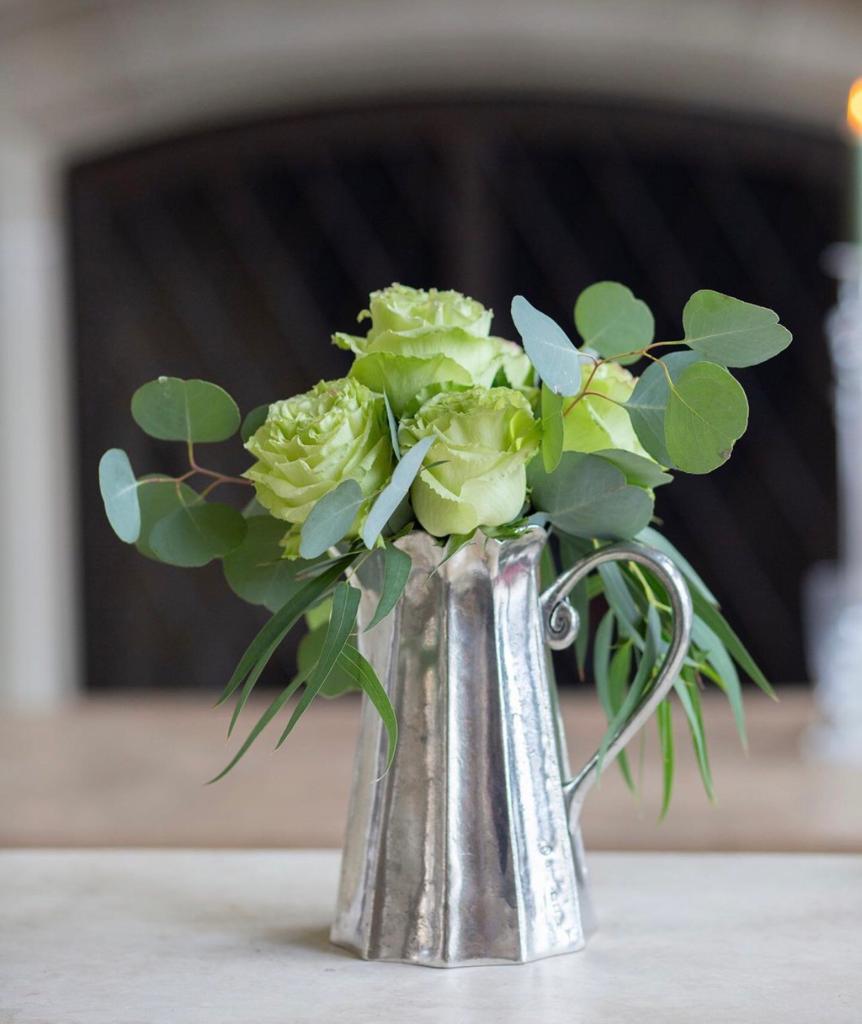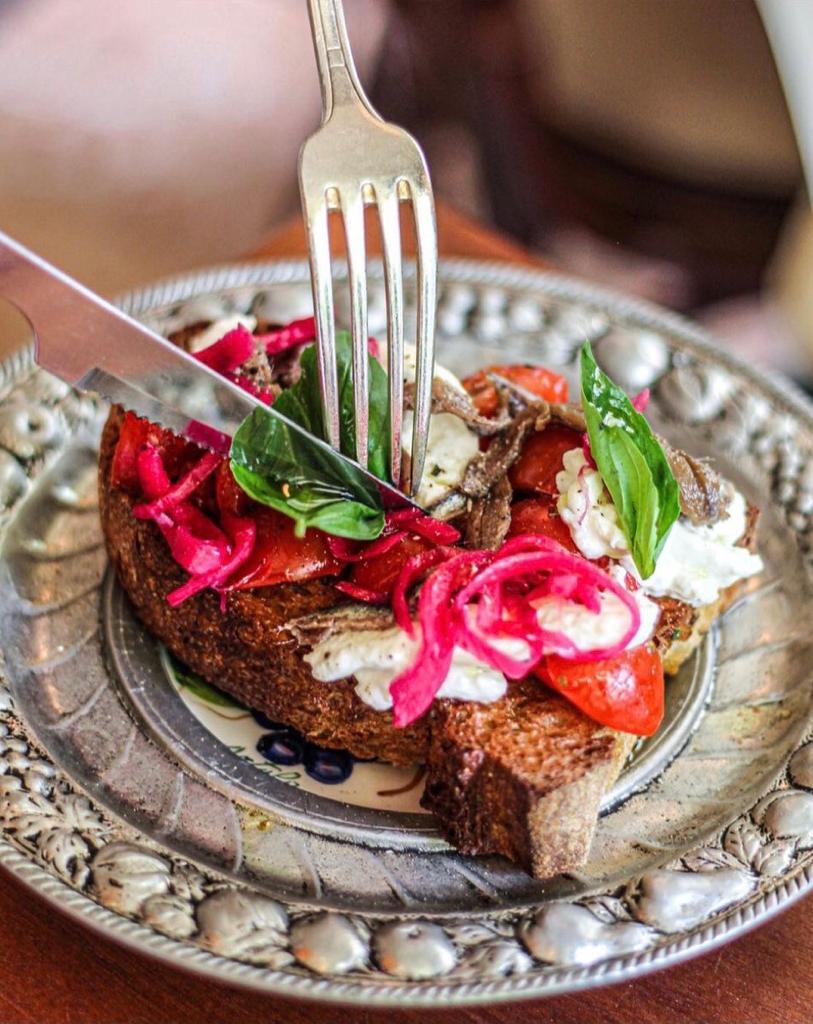Composition
Pewter is an alloy composed mainly of tin (min.90%), with the addition of other metals (copper, bismuth and antimony), it is used to create artistic objects, jewelry, trophies, trays, plates, saucers and more.
It is an ancient material that was produced by pouring a tin alloy into engraved iron or brass shapes, and subsequently working it with the corrosion and hammering technique to obtain the forms of the artisan tradition. Today it is hot worked in cast iron, earth or silicone rubber molds and then hand-finished by hand, or molded into plates and worked on the lathe, but always using purely artisan techniques. Sometimes this material is still used for the manufacture of organ pipes.
Tin, the main component of the pewter alloy, has been used in Europe for at least four millennia. In Europe it was often used together with copper for the production of bronze and was used in preference as an alloy metal. Tin has obtained the favor of many populations since ancient times thanks to its technical characteristics: resistance to chemical and atmospheric agents, the relatively low melting point (232 ° C), the ease of forming alloys, the ductility and the color brilliant.
With the Middle Ages there is the real turning point in the history of pewter thanks to the birth of the guilds of arts and crafts. In many cities in Germany and in other European countries artisan communities of tin smelters are born and in 1285 there is the first official mention of the Nuremberg smelters. In this period the art of the smelter gained esteem and consideration. In Italy, The stories of pewter and Venice merged in the twelfth century, as evidenced by statutes and regulations governing the relationships between individual producers, gathering them in the guild of pewter, certainly one of the most important in Europe.
Nowadays tin, too soft to be worked alone, is tempered mostly with small quantities of copper and antimony, thus giving rise to the pewter that we find on the market today. The mass of tin, with its qualities of malleability and easy melting, must be bound to modest quantities of other metals to gain strength. Recent regulations limit or prohibit the use of some metals in the alloys used in the production of crockery or various tableware.
The pewter alloy is formed by inserting the metal ingots into the crucible at a temperature of about 300 ° C. The molten metal is collected from the crucible with a ladle and poured into the moving mold, mounted on a centrifugal machine. The centrifugal force helps the liquid metal to occupy all the spaces of the mold. Once solidified, the object is manually extracted from the mold and subsequently cleaned of any casting smudges with a grinding process. If an object, as often happens, is made up of several pieces, each single piece must be assembled by welding.
Safety, Washing and Maintenance
Valpeltro is also pleased to boast an interesting collection ofpewter and 18/10 steel cutlery absolutely guaranteed for food safety. It is also guaranteed to be able to wash the cutlery in the dishwasher using a temperature not exceeding 30 ° and using detergents that are not too aggressive. For the maintenance of pewter objects, it is recommended to use the same products suitable for cleaning silver.


Valpeltro thanks you and wishes you to be able to find the object that most thrills you among its wide range of refined rustic items.
Address
Via industriale, 1 - 25030 - Lograto (BS)
Phone contacts
Tel. +39 030 9780069
info@valpeltro.it

